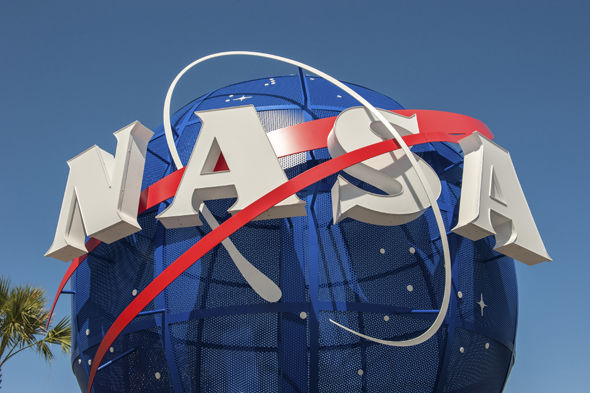
Breaking News
 Tucker Carlson on Why He Interviewed Nick Fuentes and What He Wanted to Convey To Him
Tucker Carlson on Why He Interviewed Nick Fuentes and What He Wanted to Convey To Him
 The Global War on Christianity Just Got a Whole Lot Worse, and Ted Cruz Doesn't Care
The Global War on Christianity Just Got a Whole Lot Worse, and Ted Cruz Doesn't Care
 BREAKING EXCLUSIVE: The Globalists Are Trying To Trigger Stock Market Crash Worse Than 1929...
BREAKING EXCLUSIVE: The Globalists Are Trying To Trigger Stock Market Crash Worse Than 1929...
 ICE's 'Frightening' Facial Recognition App is Scanning US Citizens Without Their Consent
ICE's 'Frightening' Facial Recognition App is Scanning US Citizens Without Their Consent
Top Tech News
 HUGE 32kWh LiFePO4 DIY Battery w/ 628Ah Cells! 90 Minute Build
HUGE 32kWh LiFePO4 DIY Battery w/ 628Ah Cells! 90 Minute Build
 What Has Bitcoin Become 17 Years After Satoshi Nakamoto Published The Whitepaper?
What Has Bitcoin Become 17 Years After Satoshi Nakamoto Published The Whitepaper?
 Japan just injected artificial blood into a human. No blood type needed. No refrigeration.
Japan just injected artificial blood into a human. No blood type needed. No refrigeration.
 The 6 Best LLM Tools To Run Models Locally
The 6 Best LLM Tools To Run Models Locally
 Testing My First Sodium-Ion Solar Battery
Testing My First Sodium-Ion Solar Battery
 A man once paralyzed from the waist down now stands on his own, not with machines or wires,...
A man once paralyzed from the waist down now stands on his own, not with machines or wires,...
 Review: Thumb-sized thermal camera turns your phone into a smart tool
Review: Thumb-sized thermal camera turns your phone into a smart tool
 Army To Bring Nuclear Microreactors To Its Bases By 2028
Army To Bring Nuclear Microreactors To Its Bases By 2028
 Nissan Says It's On Track For Solid-State Batteries That Double EV Range By 2028
Nissan Says It's On Track For Solid-State Batteries That Double EV Range By 2028
NASA successfully completes first test of compact nuclear power system that could ...

(Natural News) One way or another, humans are going to visit other planets. The dream, according to many scientists, is to land on the one that's orbiting the sun right next to us: Mars. The most experienced and most knowledgeable experts in the relevant fields of study are already hard at work on turning this dream into a reality. And as part of humanity's preparations, they're looking to land some humans on somewhere that's a little bit closer: the moon. Now they've shared some details on their progress so far.
In a recent announcement, the National Aeronautics Space Agency (NASA) has revealed that it has already conducted some initial testing on a so-called compact nuclear power system, which could be used to power a long-term land-based human mission on the red planet. The space agency said that their tests were successful and that a full-power test run is scheduled to happen sometime in March.
According to a report on the space agency's announcement from Reuters, NASA has been developing a viable nuclear fission system under its private Kilopower project for quite some time now. It is said that the agency has been conducting months-long testing at the Nevada National Security Site with the help of the U.S. Depart of Energy (DOE) and that it had "an eye toward providing energy for future astronaut and robotic missions in space" as well as on the surface of the planet Mars. They were also looking to use the technology on "the moon or other solar system destinations," said the report.
The creation of a viable nuclear-based power source such as the one that NASA and the DOE are working on right now is of utmost importance, especially if the planned missions to Mars and beyond truly happen at some point in the not-so-distant future. This is due to the fact that any long-term occupation on any planet or moon will require the use a power source that's able to meet the following criteria. First, it needs to be strong enough to sustain a human base for a specified period of time. Secondly, it also needs to be small and light enough to be transported easily from Earth to space.

 Carbon based computers that run on iron
Carbon based computers that run on iron

